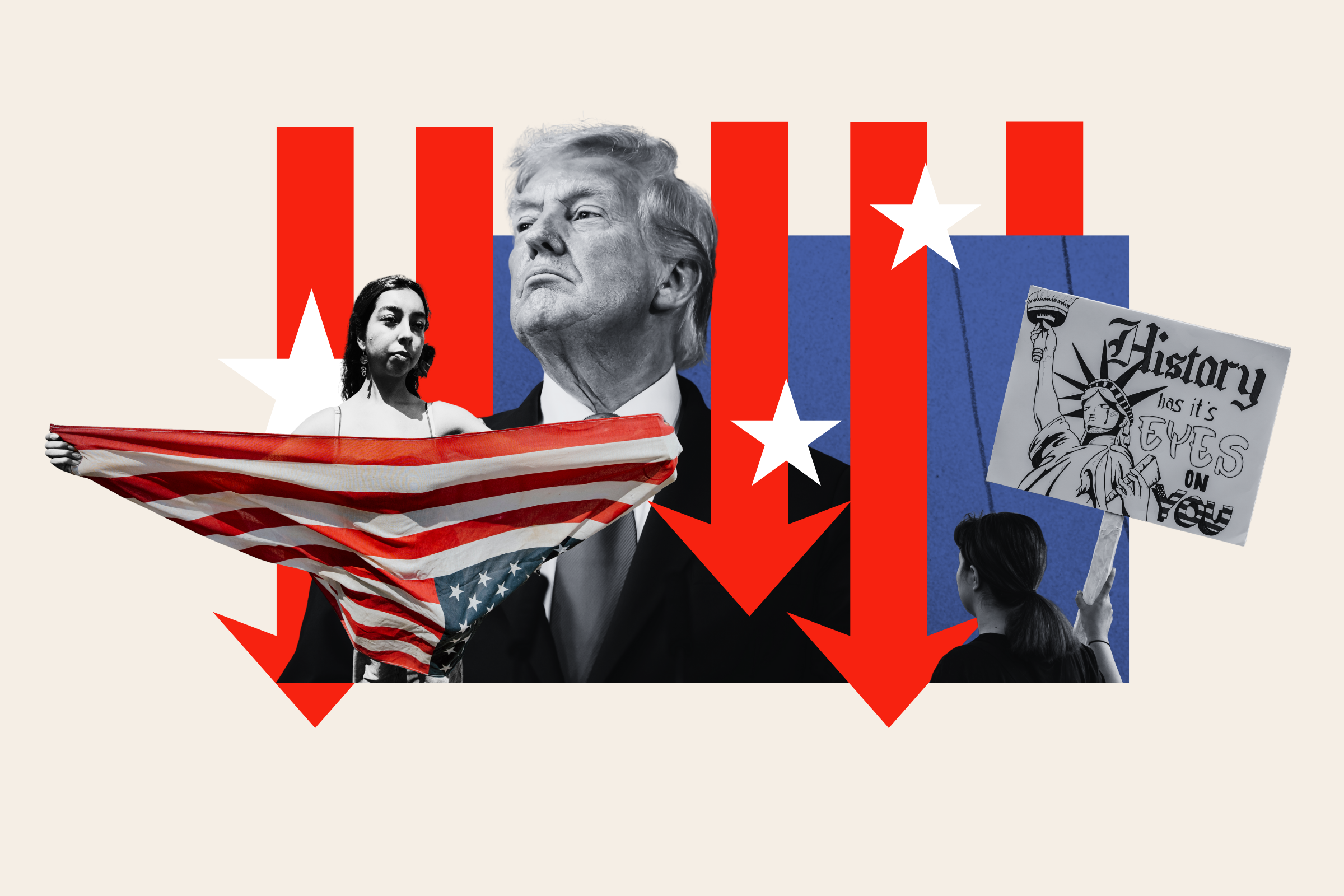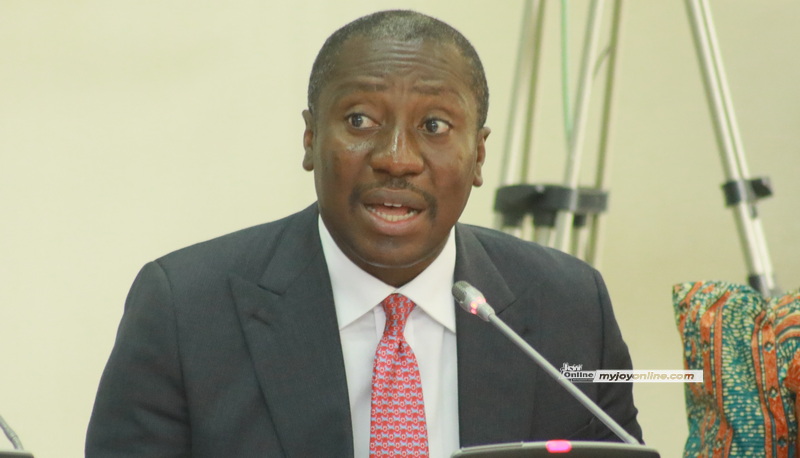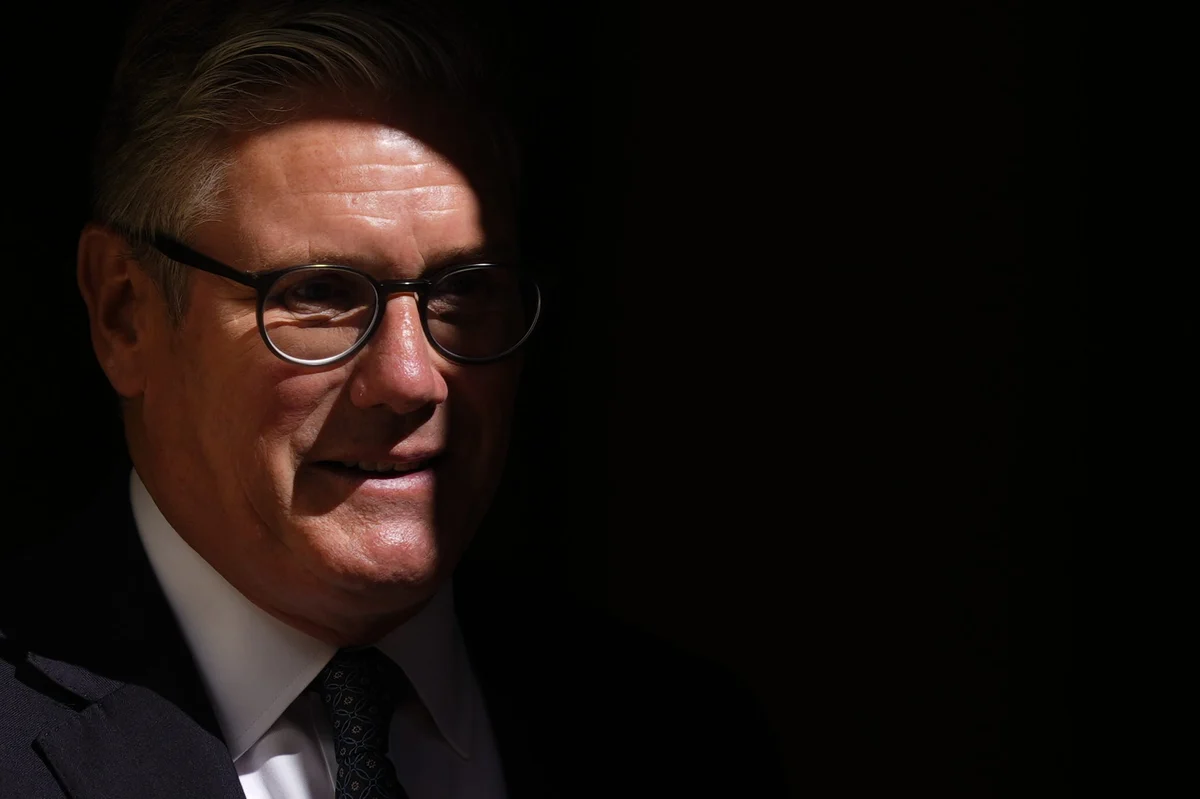
Donald Trump’s approval rating among women has fallen to its lowest point ever.
The latest YouGov/Economist poll, conducted between September 12-15, shows that Trump’s net approval among women stands at -27, with 34 percent approving and 61 percent disapproving.
That narrowly eclipses the previous low of -26 recorded between August 22–25.
Gender Gap Persists
The results suggest that a wide gender gap is still present in U.S. politics, with Trump’s approval rating among men at -9 points, -18 points higher than his rating among women.
Trump widened the gender gap in the 2024 presidential election, with men and women breaking sharply along partisan lines, according to exit polls and postelection surveys.
In 2024, Kamala Harris defeated Trump among women 53 percent to 46 percent, while Trump carried men 54 percent to 45 percent. In 2020, Joe Biden had performed slightly better with women, winning them 55 percent to 43 percent. The shift suggests that Trump managed to cut into Democrats’ advantage with women while holding his edge with men—effectively widening the divide.
The gap in 2024 was especially pronounced in key demographics. Among Latino voters, Trump secured 55 percent of Latino men but only 38 percent of Latina women, a 17-point gender split that was far larger than in 2020. Young voters also reflected the divide: men under 30 leaned more Republican, while women in the same age group stayed firmly Democratic, creating a 12-point difference. Trump also made modest gains among white women, though white men continued to back him more strongly, preserving the longstanding gender imbalance.
‘Very Bad News For Republicans’
While Trump has consolidated support among men, his persistent weakness with women, who have been decisive in recent national and congressional elections, could be “very bad news for Republicans” ahead of the 2026 midterms, according to Peter Loge, a political communication professor at George Washington University.
“This is very bad news for Republicans. The Republicans have a razor-thin majority in the U.S. House and not much more of a majority in the Senate. A few thousand votes in a handful of states and congressional districts can hand control of Congress to the Democrats,” he told Newsweek.
Loge added that Trump’s approval ratings have rarely topped 50 percent in his political career, and most of his policies remain unpopular.
“Republicans who continue to support an unpopular president and unpopular policies risk losing their next elections. But opposing the president comes with its own risks. The question for Republicans is whether it is more politically risky to support or oppose the president. Polling numbers like these could move some Republicans to conclude it is politically riskier to support the president than it is to oppose him, which would be very bad news for the White House.”
Thomas Gift, the founding director of the University College London Centre on U.S. Politics, told Newsweek: “If the GOP can’t narrow that gender gap, it risks being undercut in competitive districts where suburban women have outsized influence on the outcome.”
Suburban women are a key group of swing voters. A KFF report from 2024 found that about 47 percent of suburban women identify as Democrats or lean Democratic, while more than one-third identify as Republican or lean Republican, and roughly 20 percent are independent.
Broader Approval Decline
Trump’s record-low standing with women comes as his broader approval ratings are slipping as well. The latest YouGov/Economist poll showed that his overall net approval has dropped to -18, with 39 percent approving and 57 percent disapproving—the first time his approval has fallen below 40 percent.
The previous low was registered August 15–18, when his approval stood at 40 percent and disapproval at 56 percent, a net -16. In that poll, Trump’s approval rating among women stood at -21 points, with 37 percent approving and 58 percent disapproving.
Trump has also lost ground among women on key issues, especially the economy. On jobs and the economy, approval dropped from 34 percent in mid-August to 29 percent in September, while disapproval climbed from 56 to 60 percent. On inflation, approval dipped from 27 to 25 percent, with disapproval rising from 64 to 67 percent.
Perceptions of the economy’s direction have hardened, too. In August, 19 percent of women said the economy was getting better, 17 percent said it was staying the same, and 58 percent said it was getting worse. By September, just 14 percent said better, 20 percent same, and 60 percent worse.
It comes as cost-of-living pressures are mounting under Donald Trump’s presidency, with fresh data showing inflation, housing, and jobs all moving in troubling directions.
The latest Consumer Price Index update showed prices rising 2.9 percent in August compared to last year, the sharpest increase since January. Tariffs on imports are a major driver, adding an estimated 2.3 percent to consumer prices in the short term. Housing costs have also surged, with the annual income needed to buy a median-priced home now reaching $114,000—a 70 percent jump since 2019.
The labor market is also showing strain. Employers added just 22,000 jobs in August, following a loss of 13,000 in June—the first monthly drop since late 2020. The unemployment rate climbed to 4.3 percent, the highest since 2021, as businesses adjusted to tariff-related disruptions. The Bureau of Labor Statistics revised down job growth from April 2024 to March 2025 by 911,000 jobs, the largest downward revision on record.
Trump has sought to pin economic woes on his predecessor, saying the U.S. “went to hell” under Joe Biden and that his administration inherited “an inflation nightmare.” But polls suggest the message is losing traction. A new Cygnal survey shows more Americans now blame Republicans than Democrats for rising inflation, coinciding with a steep drop in Trump’s overall approval ratings.
And the YouGov/Economist poll suggests that it is Trump’s record on the economy that is driving the overall slump, with 35 percent of voters choosing the economy or inflation as the most important issue.
And that is just as true among women. Thirty-four percent chose the economy or inflation as their most important issue.



